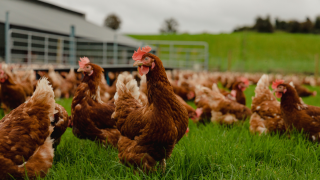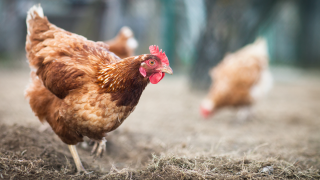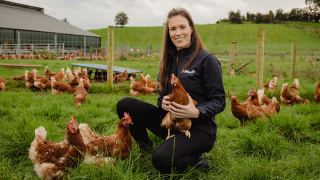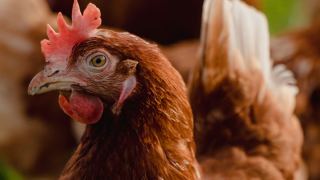Cage Free Egg Production
Supporting your transition to effective cage-free egg production
Consumer demand and welfare concerns are moving Europe’s egg production toward cage-free housing systems.
Since 2020, cage-free eggs have become a staple across Europe and Australia, and are gaining popularity in the U.S. Cage-free can be broken into three categories, each with its own set of standards: organic, free range and barn. Each housing system has a specific set of criteria, including space per bird, outdoor access, nutrition and enrichment.
European Union cage-free legislation
On June 30, 2021, the European Commission announced that, by the end of 2023, a legislative proposal will be presented to phase out, and ultimately prohibit, the use of cages for several farm animals. Even without a legislative ban, numerous large egg producers, retailers, food service companies and hotel chains are already taking action against cage eggs.
Production challenges
Producing eggs in cage-free systems is associated with some major challenges, namely economic (greater cost of production), financial (investment to build new houses) and technical. The latter includes the more significant impact of increased disease risk, poor gut health, the potential for feather pecking and cannibalism, higher mortality, wet litter, ammonia levels, risk of keel bone fractures, lower average productivity, and greater feed intake.
![]()
Management
![]()
Welfare
![]()
Health
![]()
Performance
Meet the experts

Joel Estevinho, Doctor of Veterinary Medicine
Joel Estevinho serves as the poultry technical manager for Alltech Europe.
Throughout the course of his career, Joel has gained experience managing flocks in furnished and conventional cages and cage-free systems in a variety of farm sizes and house types throughout Europe and South America. His primary area of technical expertise is in the management of layer hens, both in rearing and production.
Joel earned his veterinary medicine diploma from Portugal’s UTAD University in 2005.
















